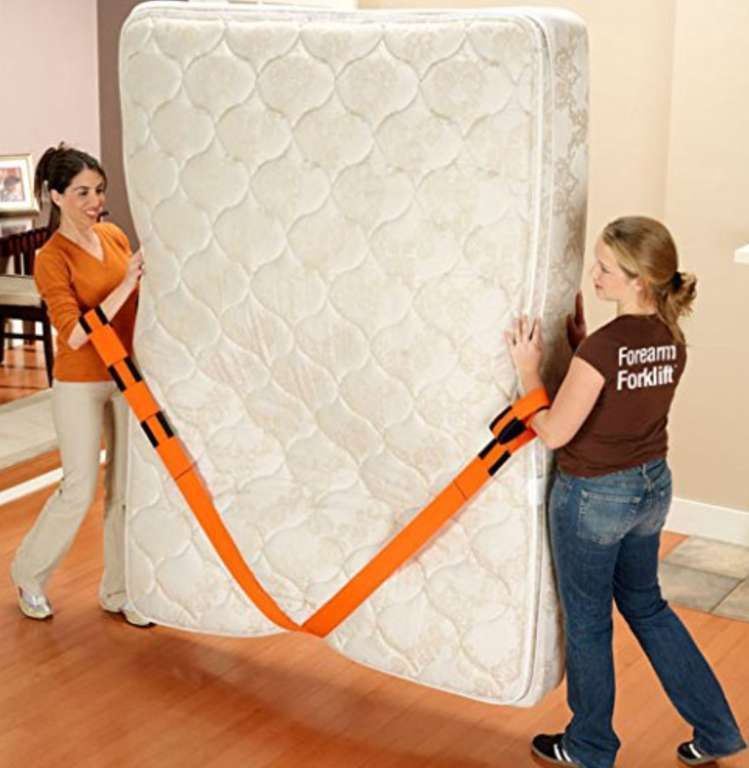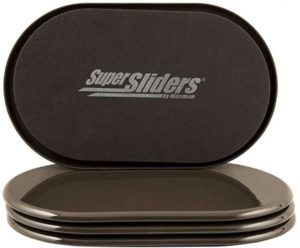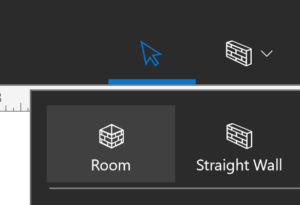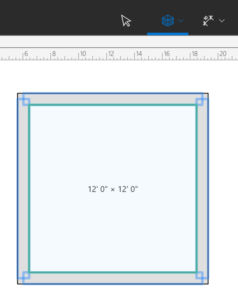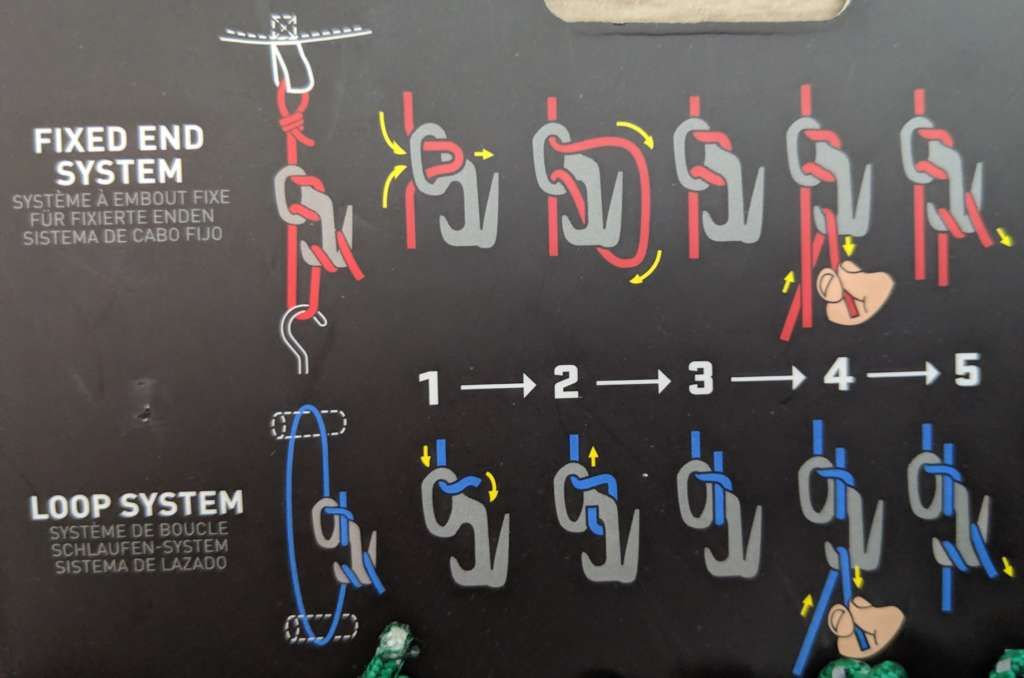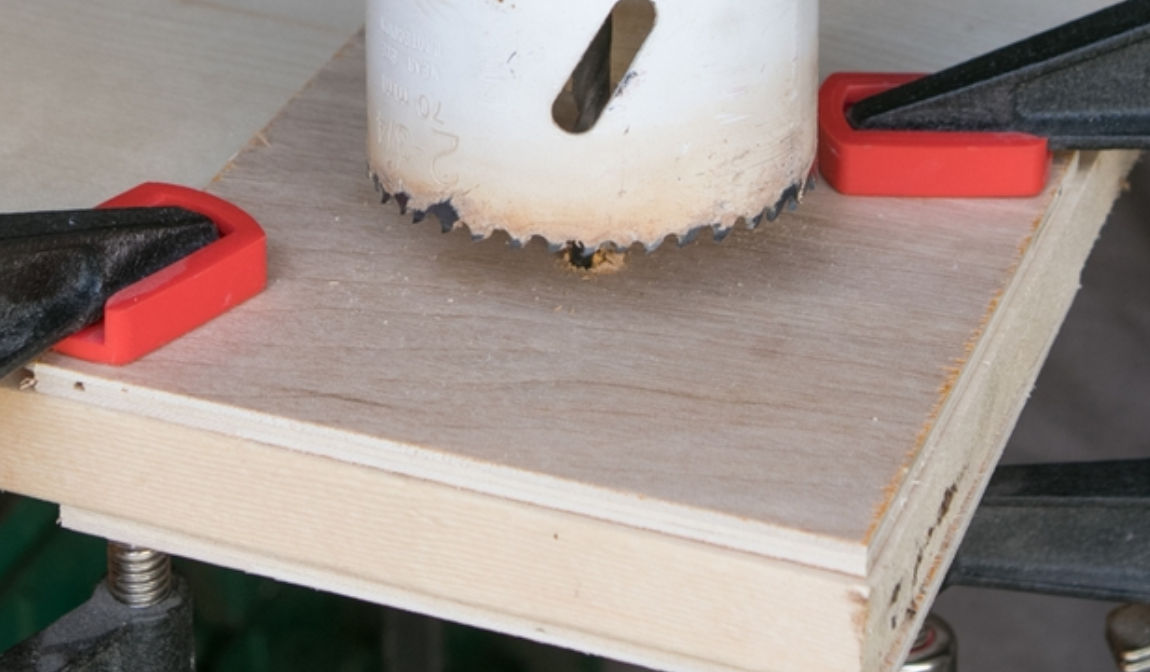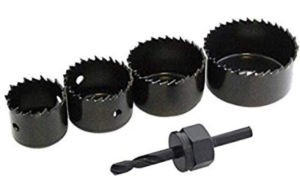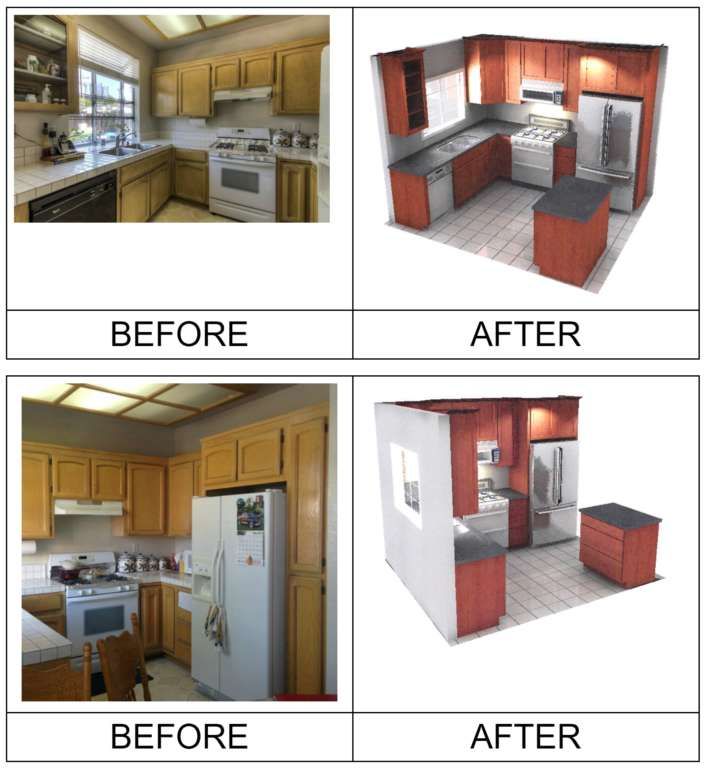
Goals:
- No gaps between boards
- Strong, sturdy
- Inexpensive
- Looks good on both sides
- Simple to build
- Long-lasting
Materials
- Steel fence post
- Wood fence boards (store these indoors or in the shade as they warp easily)
- Pressure treated 2x4x8
- Star / Torx Screws (these screws don’t strip as easily as Philips screws)
- Twisted line
- Line level
- Post level
- Fast-setting fence post cement



Wood Post or Steel Post:
Many people use pressure-treated wood posts but though they are cheaper, they do have downsides includng:
- they can rot and decay
- they can warp and bend, especially if you leave them out in the sun and don’t finish the fence right away
- attaching 2x4s to them require toenailing or toescewing nails and screws at an angle or using metal brackets for 2x4s
- if you attach 2x4s to the post and later decide you want to move them up or down, it’s a hassle
Steel posts have holes all along the length on both sides so screwing 2x4s into them are very easy. This saves a lot of time and money from not having to buy a bunch of brackets. Furthermore, there’s no worry about it warping due to the elements.
Continue reading How to Build a Strong, Attractive Good-Neighbor Fence







